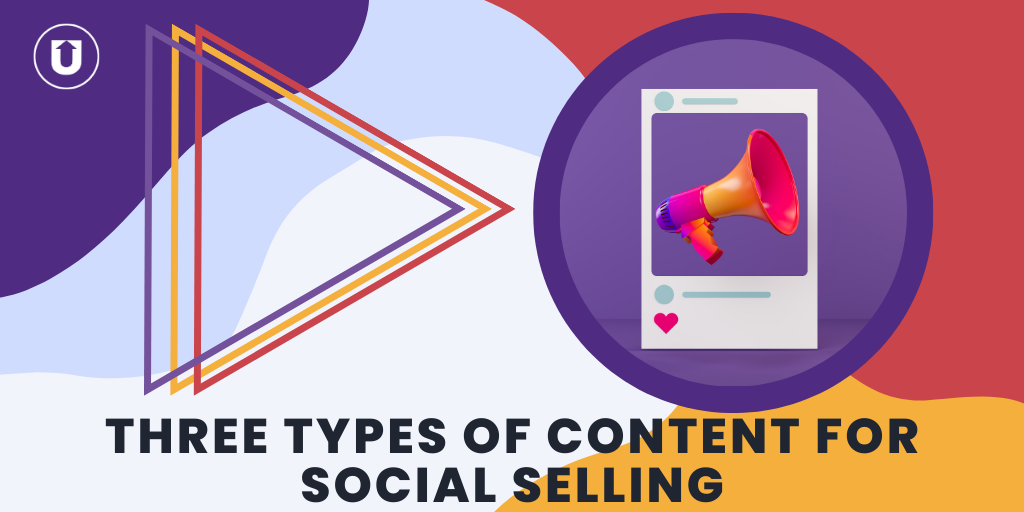The Biggest Drawbacks Of Using AI For Content Curation
Unless you have been living under a rock, AI is EVERYWHERE.
Professionals in every industry are trying to learn how to use AI ethically, effectively, and efficiently.
The limit of what AI is capable of doesn’t exist yet…
But that doesn’t mean there aren’t limitations to how we should use it.
Here at UpContent, we’ve been using AI for six years to help source, sort, and share the best third-party content for our customers.
This has provided a first-hand look at the benefits leaning on your robot-friend can bring and the pitfalls you can find yourself in if you lean a bit too hard.
This article aims to explore what content curation is, the drawbacks of using AI for content curation, and why using AI for content curation is still a great strategy!
What Is Content Curation?
Content curation is the whole act of finding, evaluating, and then sharing valuable third-party content strategically in a way that not only saves you time in having to rummage for these insights themselves but also tells a story about you to your audience.
So where does AI fit in with content curation?
Content discovery and distribution are effectively powered by AI, but layering human intervention in the Curation stages allows for the greatest benefit.
Selecting from what's been discovered and adding your insights into why you think it's worth reading is where the value for your readers is created.
Relying On AI Too Much For Automation
When you're over-relying on AI to impersonate you rather than be an assistant to you, that’s where mistakes are made.
If you remove yourself entirely from the curation equation, can it work?
Technically, it can create a post and probably publish it for you. But you’re losing a lot of value by not having a human involved in that process.
What distinguishes curation from aggregation is that the articles that are being selected help to tell a story.
Can generative AI create three sentences explaining why you wanted to share a particular article?
Yes, it can create three sentences, but they can’t capture why you shared that article.
AI can't replace original thought, but it can make room for you to add your original perspective by intelligently automating tasks that don’t require creativity.
The Limitations of Machine Understanding
Generative AI programs may have difficulty identifying and curating content that requires human judgment, emotional intelligence, or cultural understanding, even if you continually train and teach it based on your brand.
UpContent’s AI recommendation feature, Smart Sort, was designed to surface the articles your audience is most likely to engage with - not to replace the human touch you can then apply to adding your perspective to why the content is of interest.
Ethical and Bias Concerns
AI algorithms used for content curation may be susceptible to bias.
They learn from existing data, and if that data contains biases, the algorithms can inadvertently perpetuate or amplify those biases.
For AI in curation, it may become overreliant on engagement data and cause your curation to fall into a single thematic area rather than reflecting the diversity of your insights and interests (we've all been there when scrolling through Facebook).
If you never see or touch the content that is being recommended and shared on your behalf without indicating that the content being shared is done in a filly automated way, are you truthfully presenting yourself to your audience?
Having a say and knowing what you’re sharing is critical when using AI for curation to ensure you aren’t ignorantly sharing misinformation that could hurt you or your brand.
Quality Control and Trustworthiness
Just like with generative AI, we've learned the power of the prompt.
The same can be said when leveraging AI for curation - AI best works its magic when aiding in the manual final selection of articles from an AI pre-filtered set.
Your ability to provide the themes of articles you want to share, article age, and publisher requirements can help to ensure what is being recommended will resonate and reflect properly on your brand.
Next Steps To Using AI For Content Curation:
While AI offers undeniable advantages in content curation, it is crucial to acknowledge its drawbacks.
When left to their own devices, AI-driven algorithms struggle with contextual understanding, personalization, ethical considerations, quality control, and adaptability.
Even if you only have 20 minutes a week (and let’s face it, we can all find 20 minutes in our busy schedules), we'd highly recommend ensuring you infuse your human touch in the areas that provide the greatest benefit and allow AI to take on the rest.
AI for content curation is best to bring the best articles to you (discovery) and share that content in the channels that you want to use it (distribution) and give you the space to only focus on deciding what content goes out (curation).
If you’re interested in learning how to use AI for content curation, schedule a call with one of our Content Curation Experts today!
Or you can check out some of our other articles on content curation and AI.
Using AI In Your Content Curation Efforts
Using Curated Content To Build Credibility When Everyone Is Using AI



